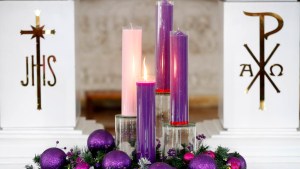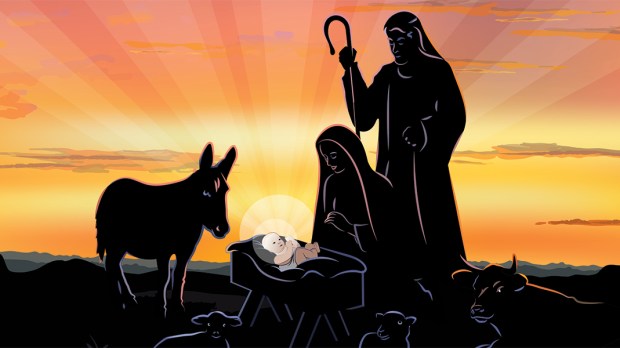While scholars continue to debate the historical date of Jesus’ birth, the Catholic Church has for centuries celebrated it during the winter months of the Northern Hemisphere. Whether on December 25 or January 6, Jesus’ birth falls during the darkest months of the calendar year.

Read more:
Why do we celebrate Christmas on December 25?
This reality only heightens the spiritual symbolism of Christmas, as Jesus is often called the “Light of the World.”
The St. Andrew Daily Missal gives a brief summary of this connection between theology and the natural world.
It is in the midst of darkness, a type of darkness of the soul, that Christ is born … The Fathers [of the Church] remark that it is at the moment when the sun has reached the lowest point in its course and is, in a sense, re-born every year that the Sun of Justice is born anew at Christmas; the sun of nature and the Sun of our souls, of whom it is a type, appear together. “Christ is born to us,” says St. Augustine, “at the same time that the days begin to lengthen.”
The winter solstice, the darkest day of the year, occurs just before December 25, which symbolically shows how the light of Christ conquers the darkness of sin and death.
Furthermore, the following passage from the prophet Isaiah is often linked to the coming of the Messiah, as the Jewish people waited in darkness for the light of the Christ.
The people who walked in darknesshave seen a great light;those who dwelt in a land of deep darkness,on them has light shined. (Isaiah 9:2)
Pope Francis has commented on this symbolism as well, such as the words he delivered during the lighting of the Christmas tree in 2013.
“Today, too, Jesus continues to dispel the darkness of error and sin and brings humanity the joy of blazing divine light … We should let ourselves be enveloped by the light of his truth so that the joy of the Gospel would fill the hearts and lives of all who encounter Jesus.”
This Christmas, reflect on this beautiful symbolism and how nature harmoniously sings with us, saying, “The people who walked in darkness have seen a great light.”

Read more:
The beautiful symbolism of the Advent wreath

